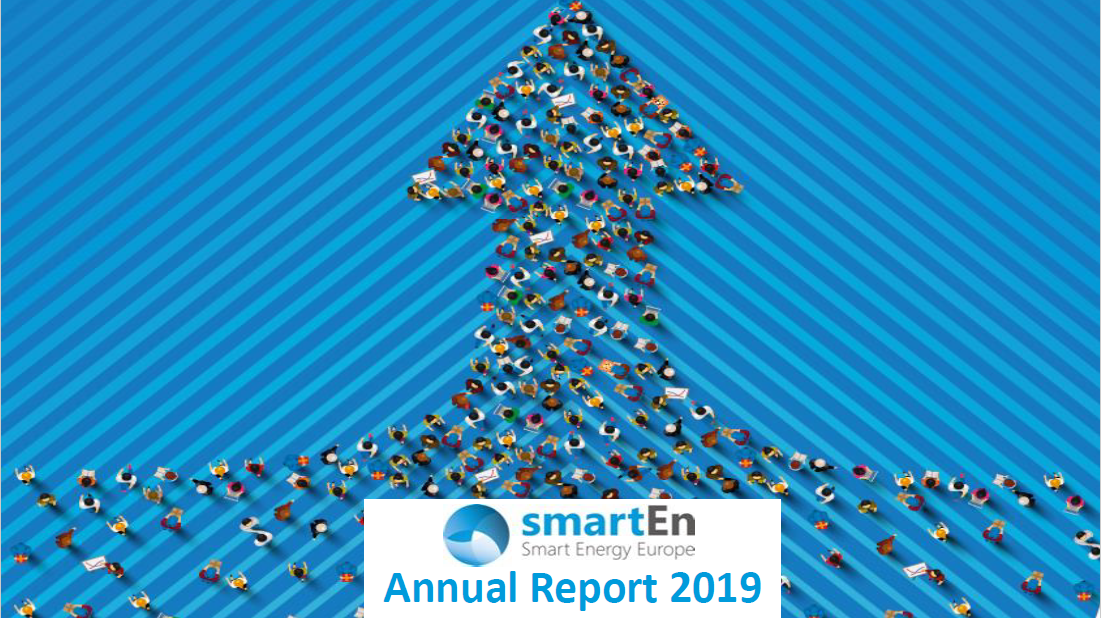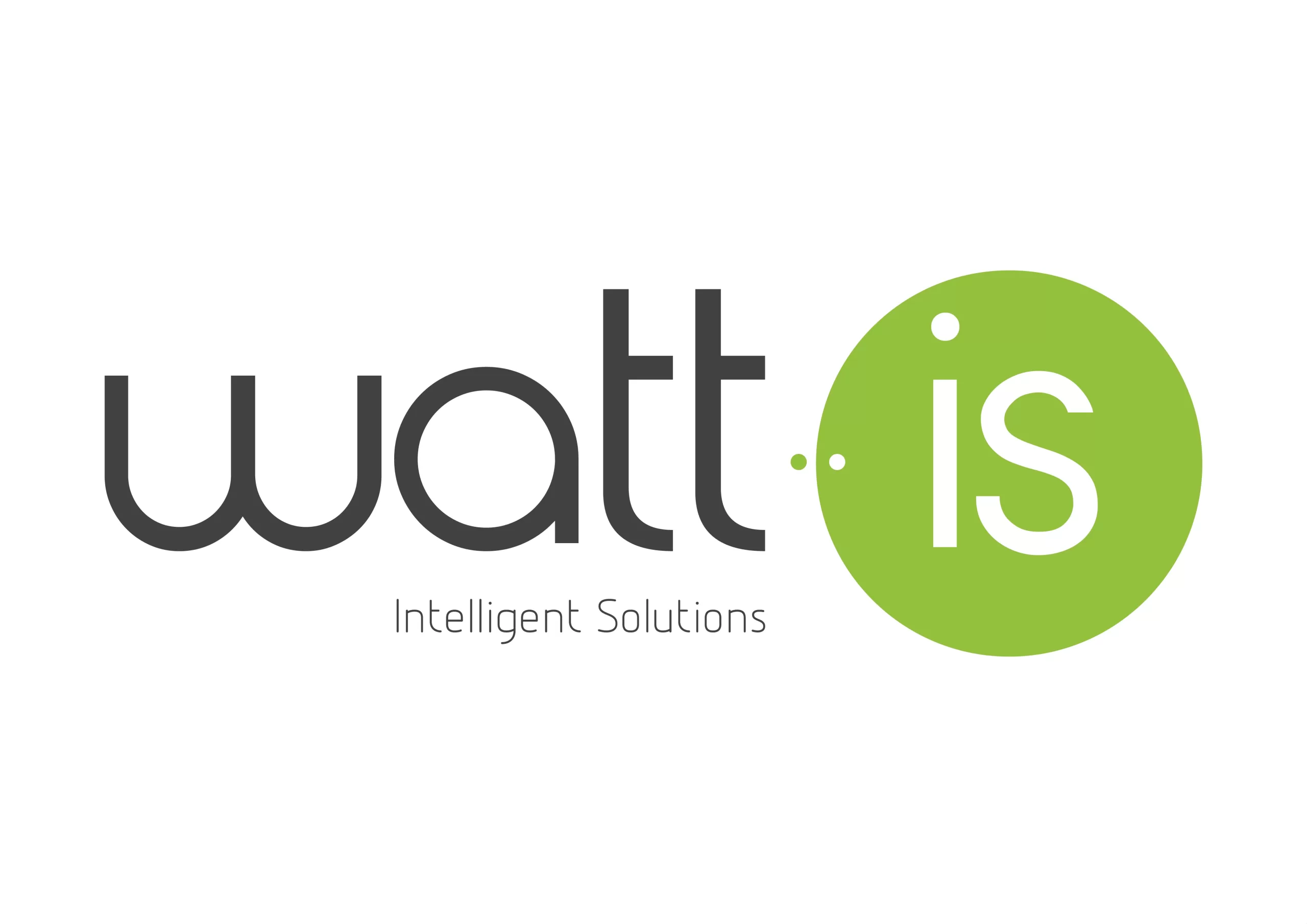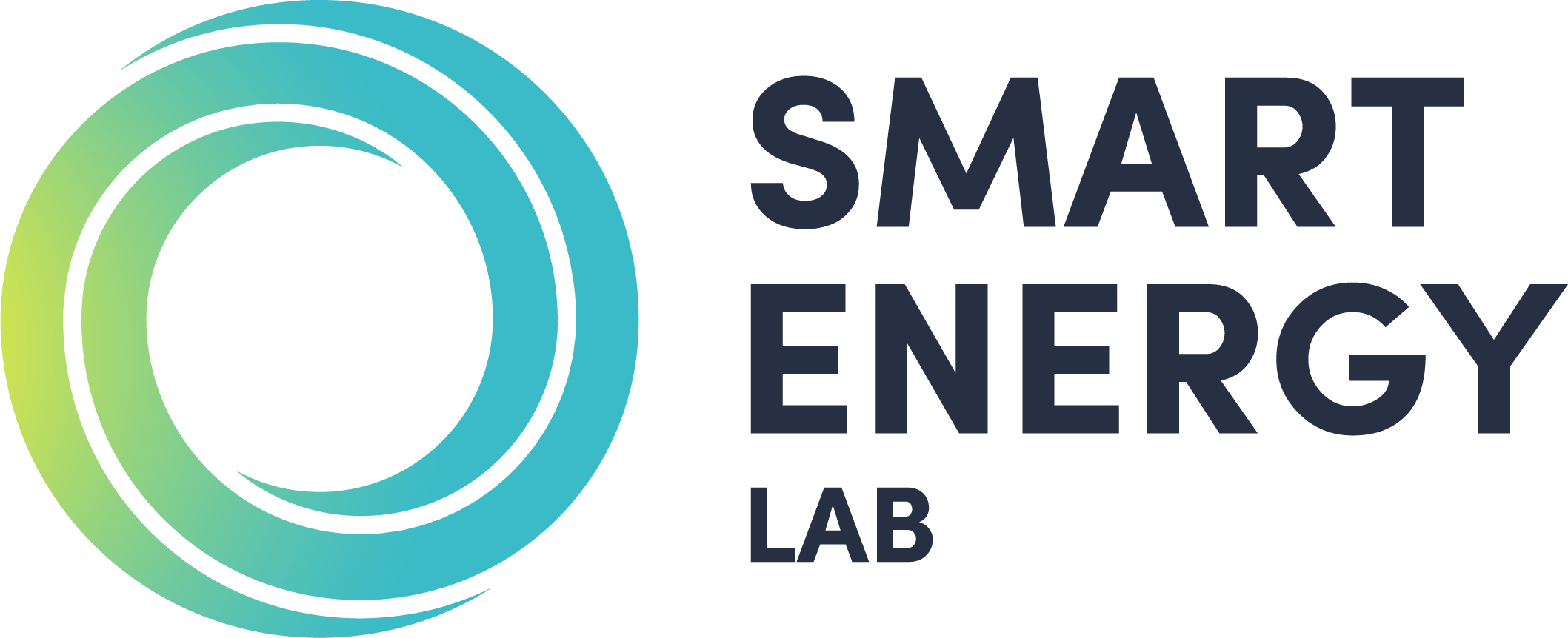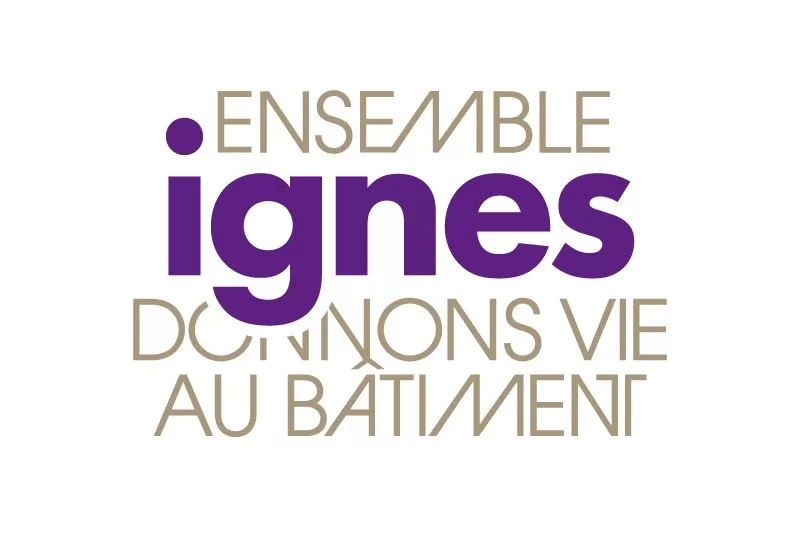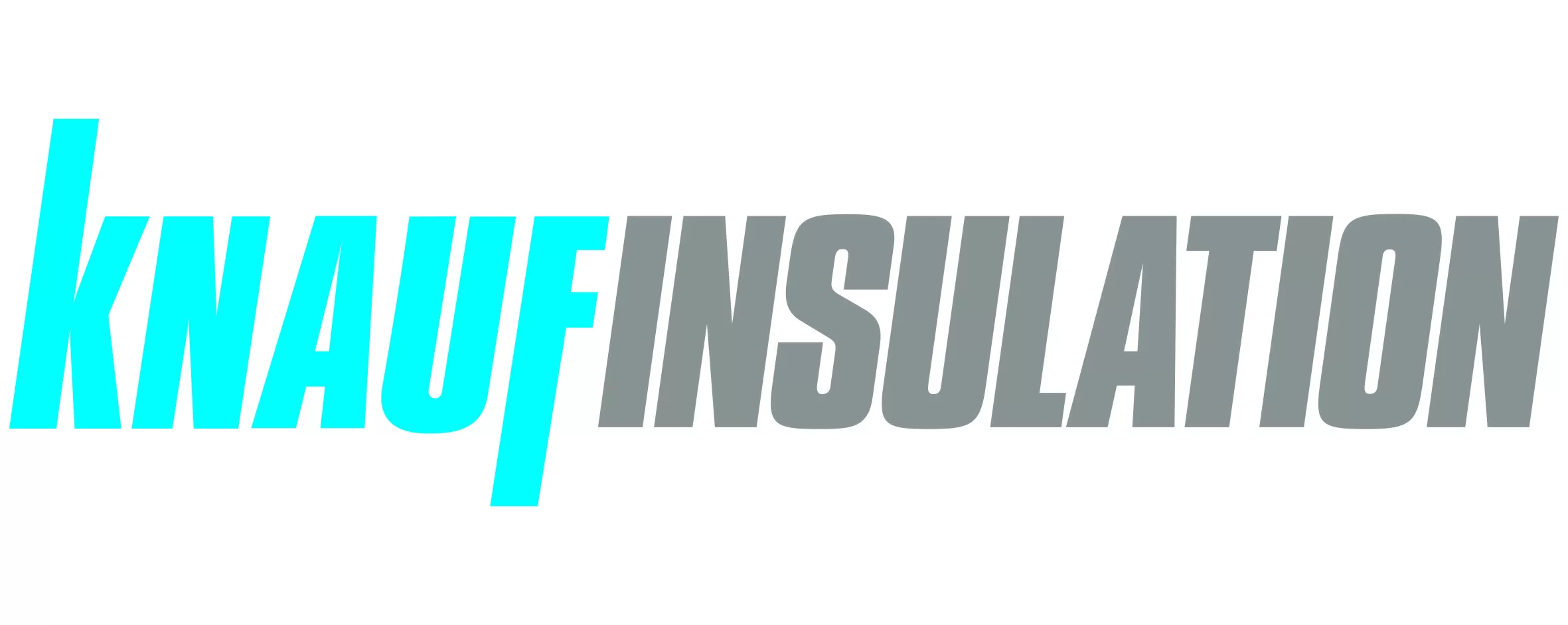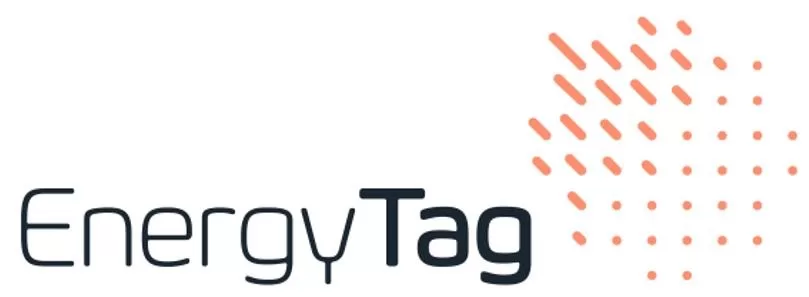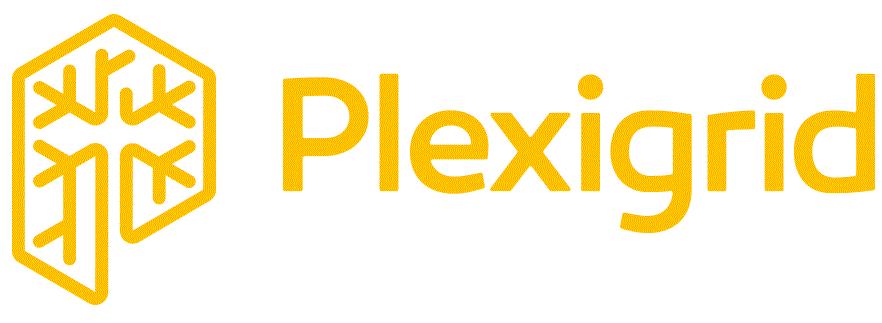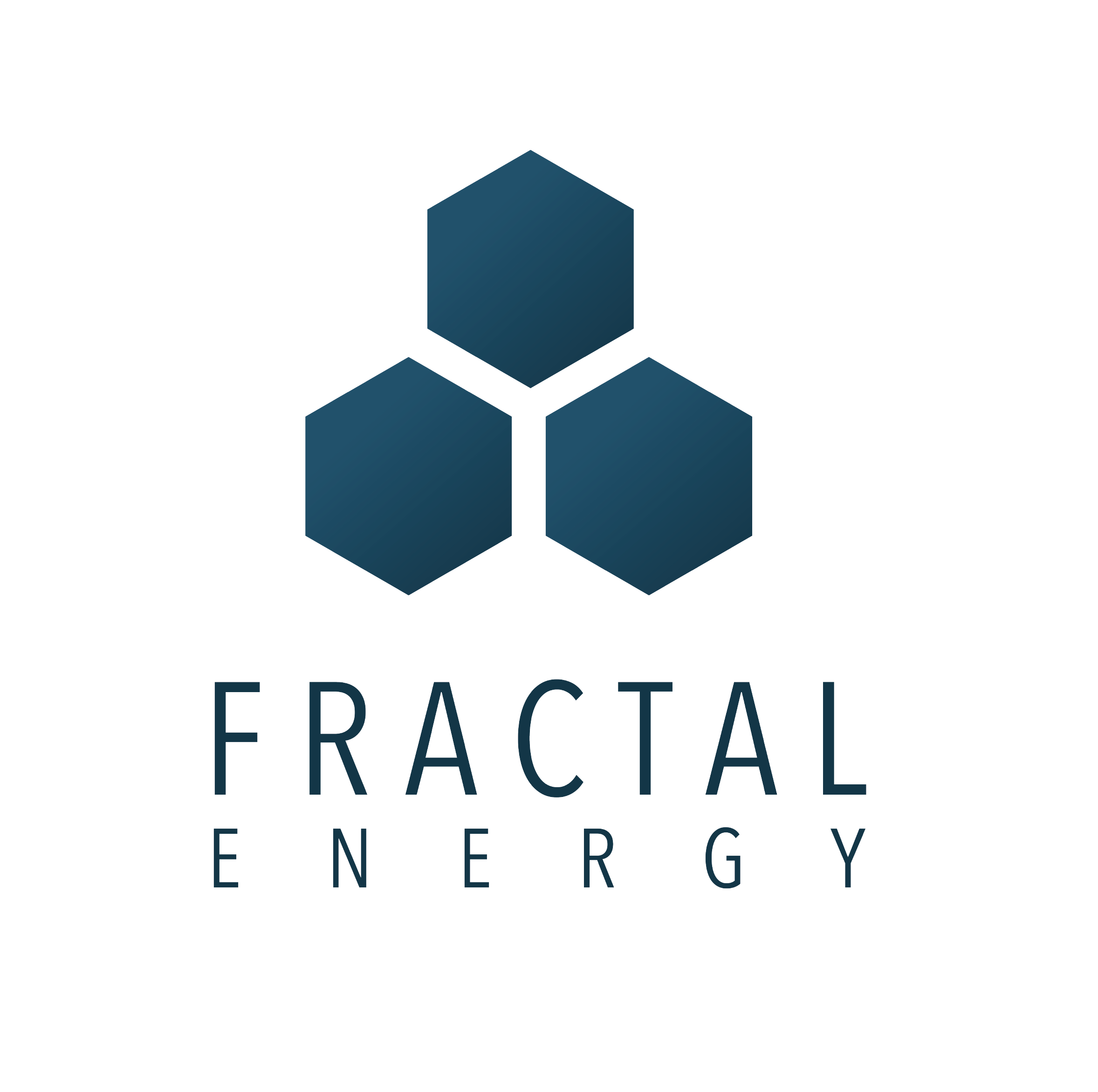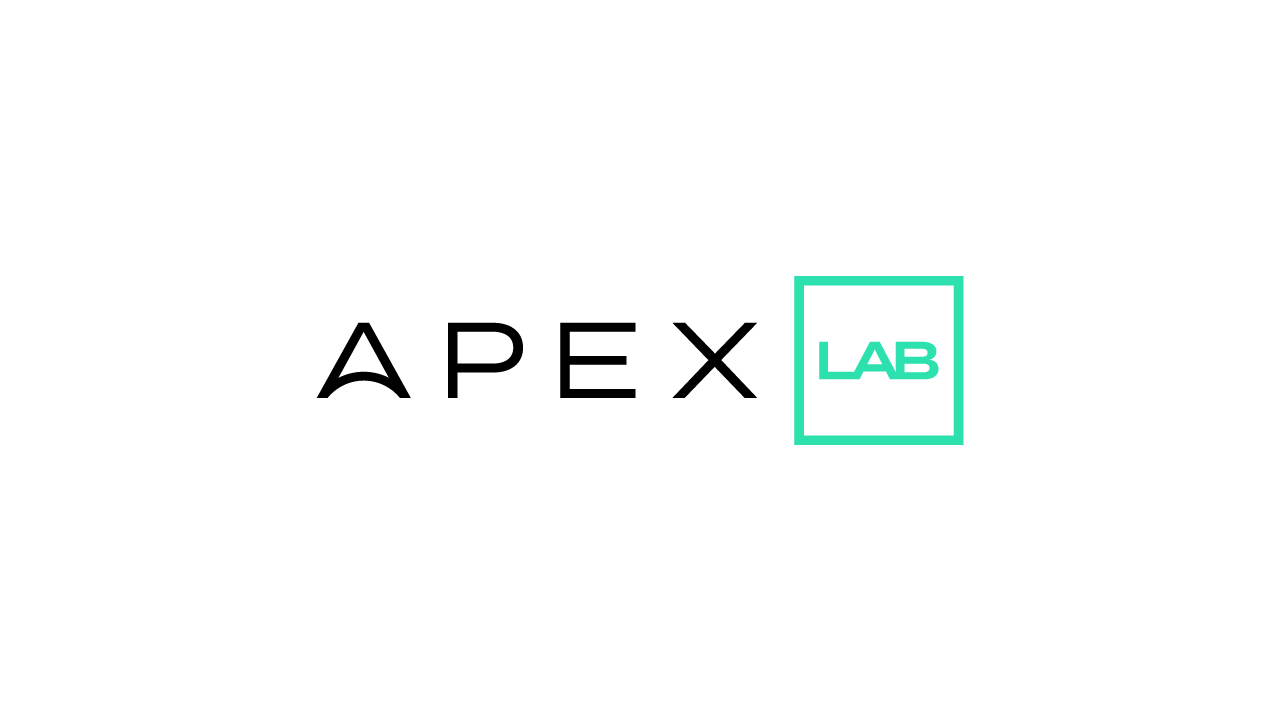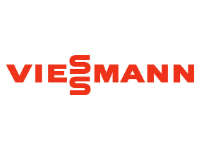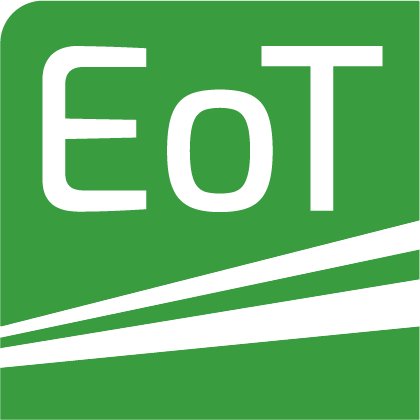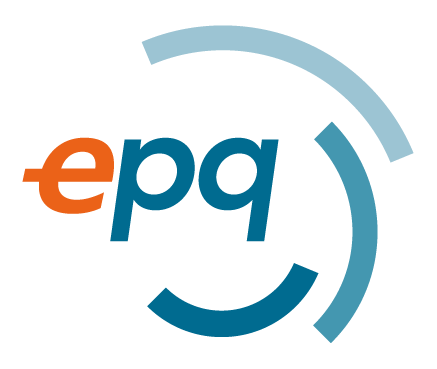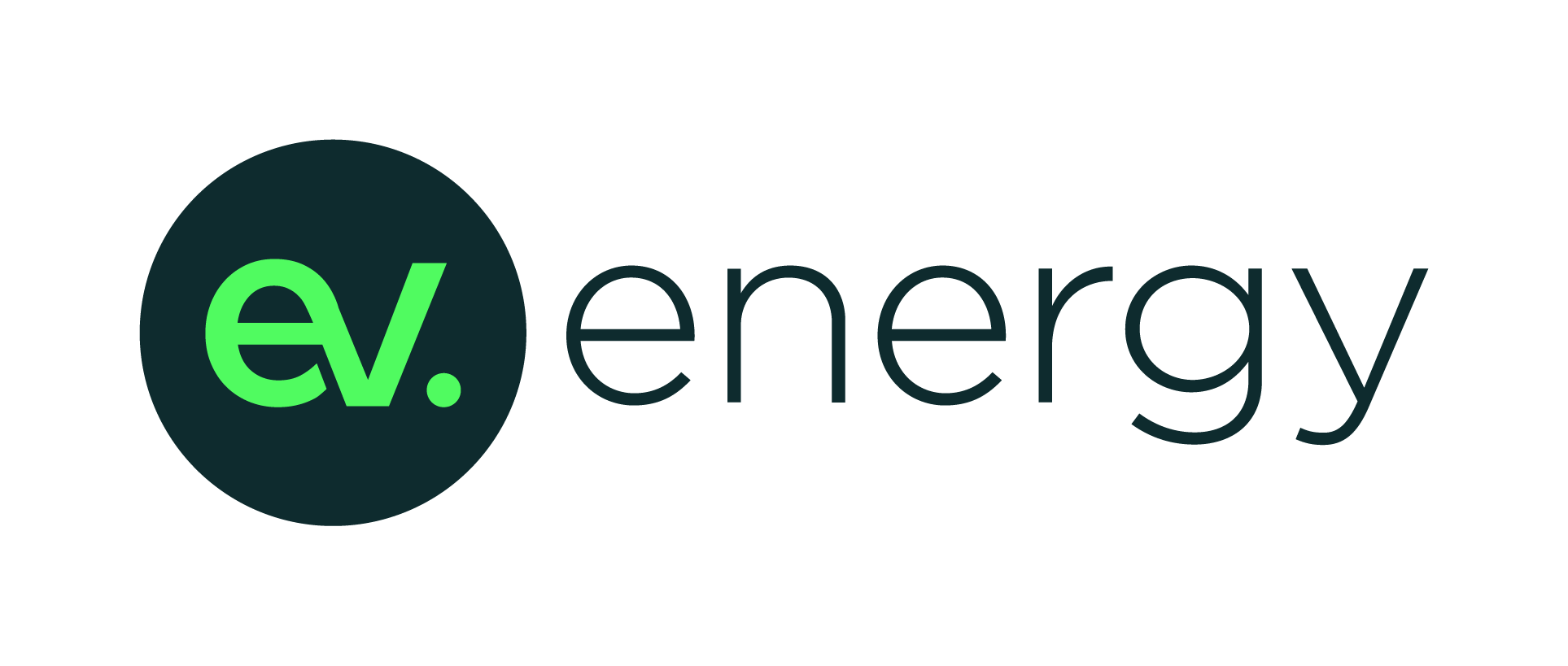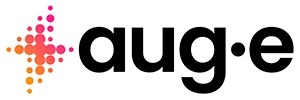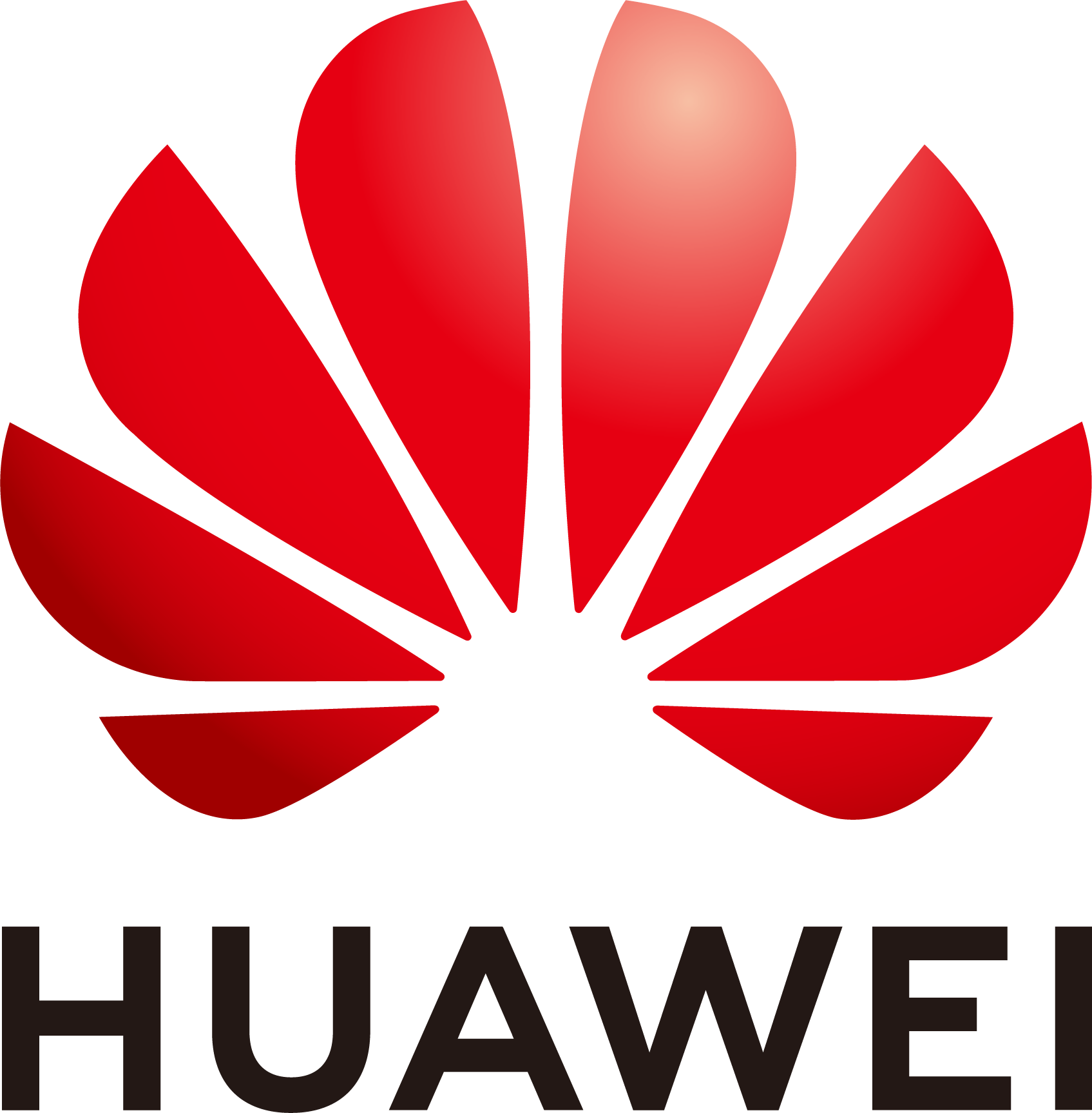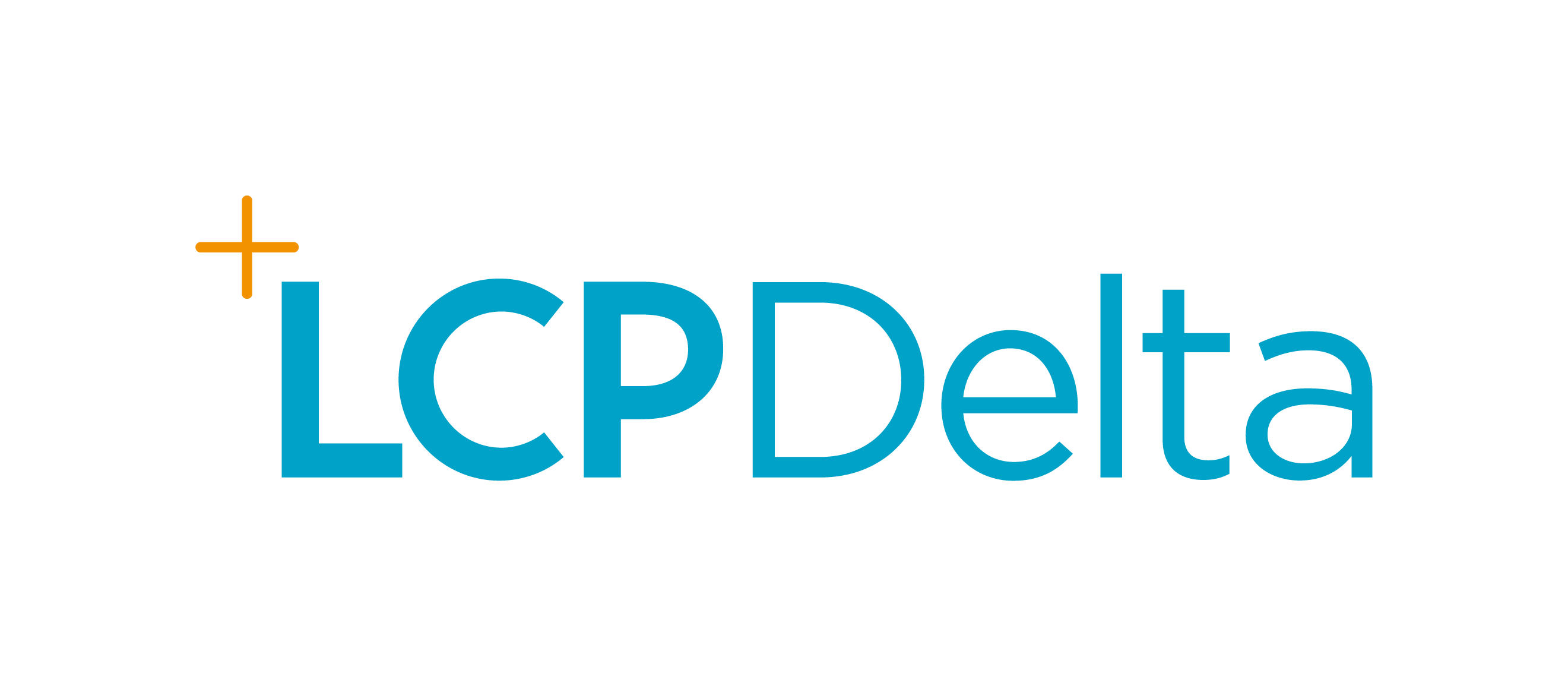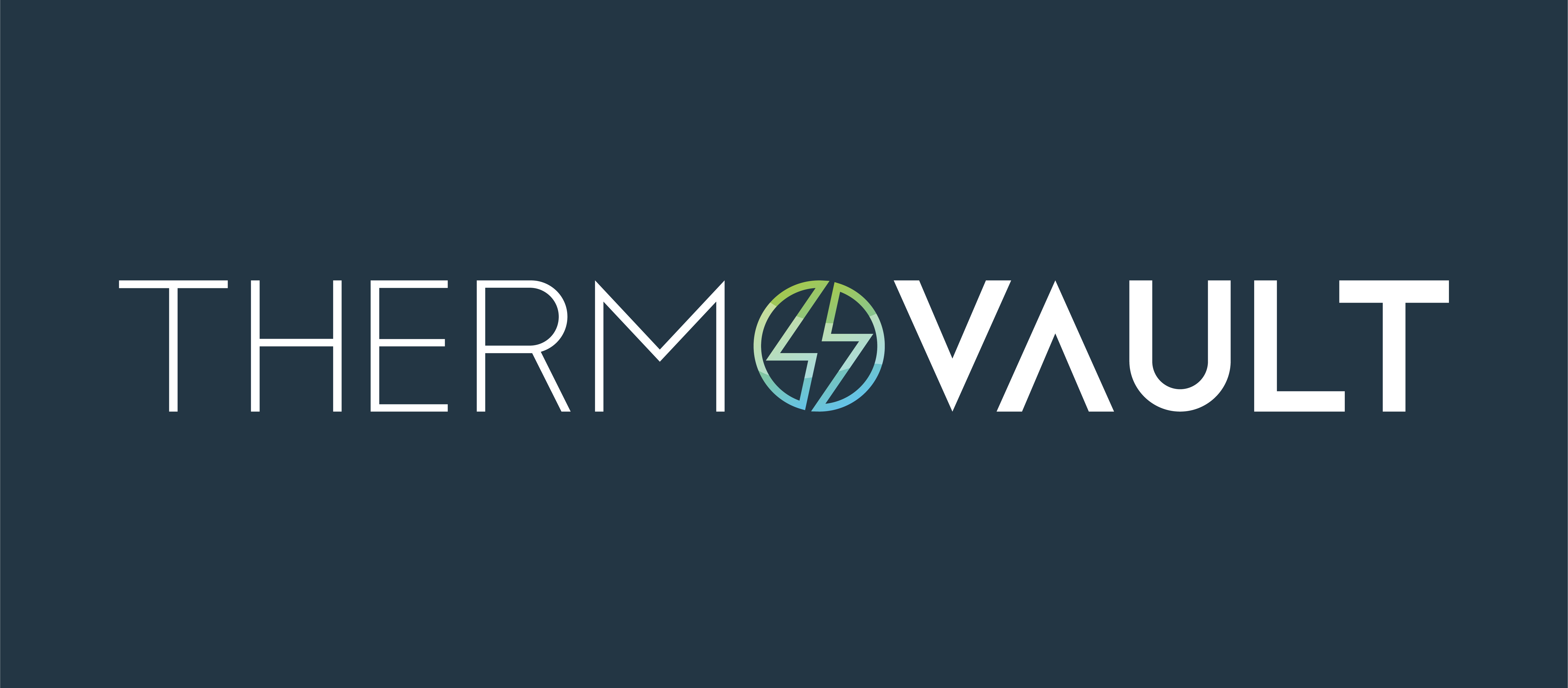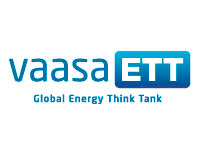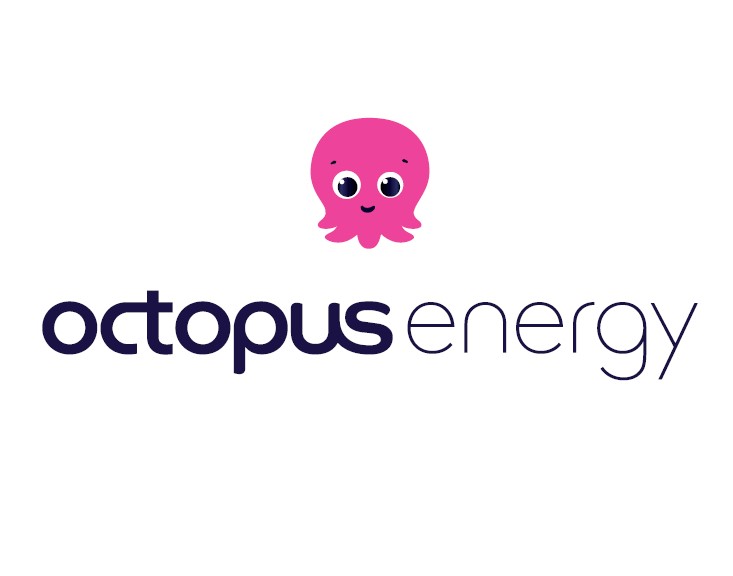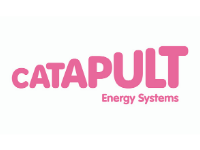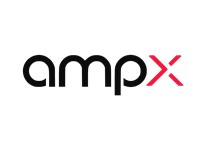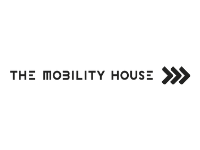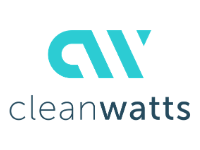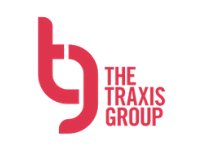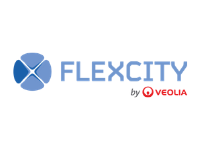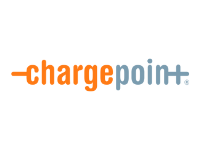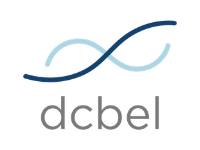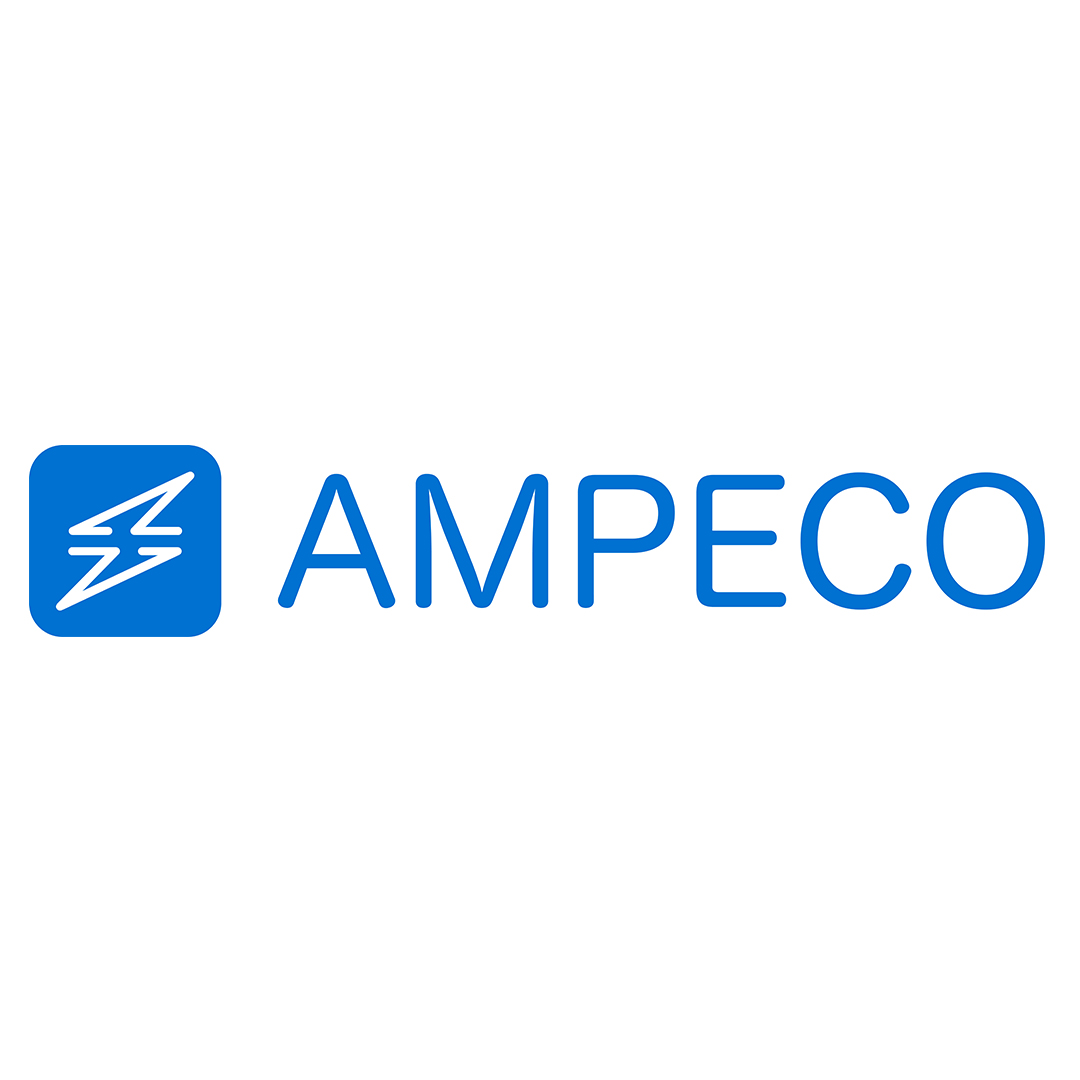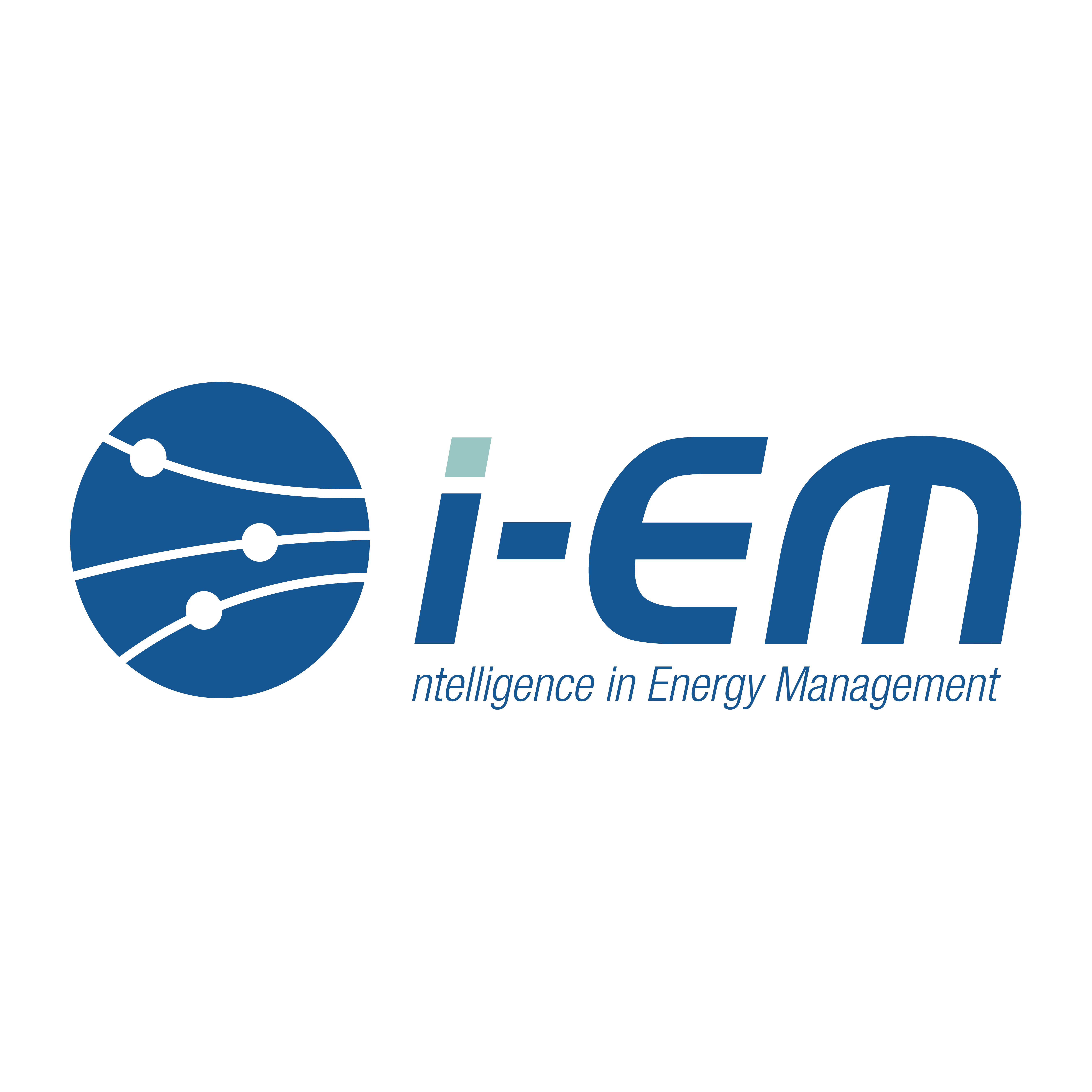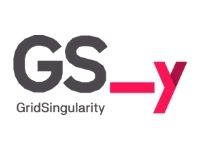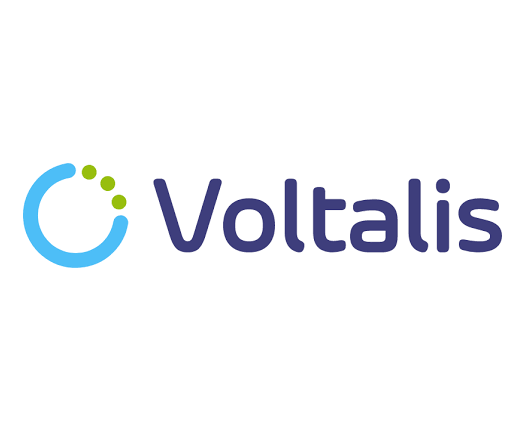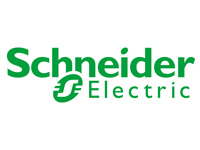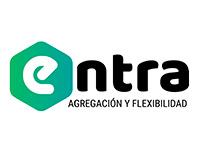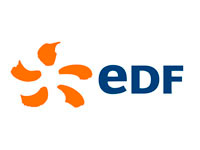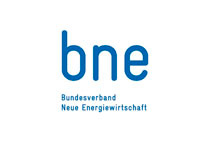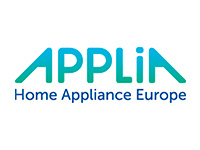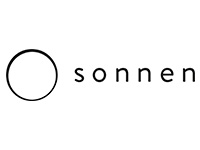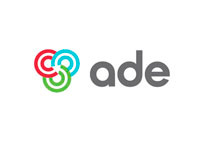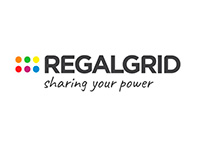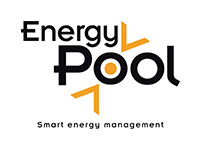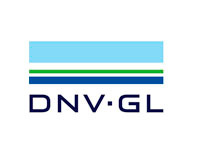The Annual Report 2019 presents a glimpse of the work and achievements of smartEn in 2019.
More Reports
Europe’s energy system is increasingly needing flexibility. While large-scale energy storage technologies have been the main focus, the importance of small-scale solutions, which are equally critical, is often overlooked. Demand-side flexibility (DSF) is one such solution that can help to integrate renewables, address the generation adequacy issue, balance demand and supply and to make efficient use of (often scarce) electricity infrastructure. Bidirectional charging (also known as vehicle-to-everything or V2X and vehicle-to-grid or V2G) makes an important contribution to DSF by enabling electric vehicles (EVs) to become a Decentralised Energy Resource (DER), with energy storage functionalities on top of their primary transportation purpose. V2X is still in the early stages of development, however, all major EV Original Equipment Manufacturers (OEMs) either have V2X models or have committed to launch dates. Access to relevant markets and multiple energy suppliers/service providers are fundamental for the business case and future development of these models and a comprehensive regulatory framework must be in place to ensure that monetisation of the technology is possible via multiple routes. Unlocking flexibility from EVs is not only a resource efficiency issue, it is also key to a fair and just energy transition. Indeed, without bidirectional charging, the terawatt-hours of batteries coming to Europe each year inside electric vehicles could be stranded assets 90% of the time when the vehicles are parked idle. The role of policy and regulation is therefore to create the right framework for bidirectional charging and V2G to benefit all Europeans and to initiate the momentum required to scale these technologies. The objective of this study is to conduct an assessment of the current regulatory frameworks impacting bidirectional EV charging in different countries across Europe and explore what regulatory and political measures are needed for the technology to transition from pilot projects to widespread commercial adoption. The framework for assessing the different countries is split into three areas: EV and charging development considerations, regulatory, policy and market considerations, and grid and system considerations. The performance of each individual country against this framework is explored throughout this report.
Europe is electrifying. With Europe’s push to become the world’s first climate-neutral continent by 2050 as part of the European Green Deal1, this should come as no surprise to the reader. This push for a clean and sustainable energy transition has been further exacerbated by the recent European energy crisis caused by the escalations in the Russo-Ukrainian war, which has also added European energy security into question. However, as Europe rises through one energy crisis, another looms in the form of local grids unable to accommodate for the increased need for electricity in end-user sectors and management of decentralised energy assets. There is a silver lining though, and that is that this potential crisis is predictable, and can be prevented if Europe optimises the use of energy resources at a local level.
For over a decade, the EU has assisted to a ramp-up of Demand-Side Flexibility (DSF) through higher available volumes, access to markets and services provided to the grid. Opening of different markets and the development of innovative projects have exposed the ability of DSF and distributed energy resources (DER) to compete with traditional generation in wholesale markets, capacity mechanisms, and ancillary services. Available volumes are expected to reach 164 GW of DSF by 20301 from consumers in the industrial, commercial, and residential sectors. However, the current market and product design is not without flaws, and numerous barriers prevent the full development of DSF’s potential. The EU will only achieve these 164 GW if the regulatory framework ensures consumers have access to all markets on an equal footing. To achieve this goal, the EU can learn from some best practices across the world. This smartEn Spotlight is aimed at highlighting best practices for the use of DSF developed outside of the EU.

